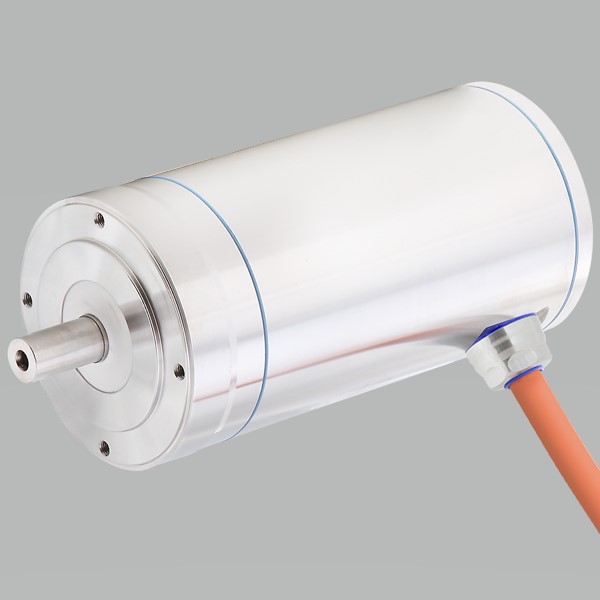www.industryemea.com
06
'19
Written on Modified on
Stainless steel servo motors: first for hygiene
Kollmorgen leads the way with hygienic design for use in meat processing.

The experts in servo drive technology and Motion Control will be exhibiting their hygienic motors during the IFFA (International trade fair of the meat industry) between May 4 to 9, 2019 at the booth shared with Altra (Hall 9.1/Booth D74).
Hygiene is expected—the only question is how intelligently this requirement is taken into account in machinery and the production facilities. With the stainless steel servo motors from the AKMH series, KOLLMORGEN has succeeded in combining a clean exterior with high drive performance, easy cleaning, and above all, high availability. For instance, the internal structural design effectively removes heat losses outwards.
Stainless steel has low thermal conductivity, and so motors made of this material normally have problems in this area. The improved heat removal capacity increases drive performance directly in practical usage, as the synchronous servo motors deliver more output for the same design size.
Heat and cold with rapid changes in temperature - plus plenty of water. This interaction creates a further, more serious effect of condensation in a motor’s interior -particularly in the meat processing industry. This is caused by the temperature-related constant pressure equalization, since the volume of the gases expands with heat and contracts with cold.
KOLLMORGEN has found a way around this law of physics with a ventilation function via the motor cable. This ensures that the pressure equalization does not take place locally with the humid air of the meat processing operation, but rather uses the prefered temperature of the control cabinet’s protected atmosphere.
The hygienic motors can easily be adapted to allow installation into existing automation structures, for example to suit an existing feedback format. This means the motor can be selected independently of the existing frequency convertor, which is also a real asset when it comes to updating existing systems.
www.kollmorgen.com

